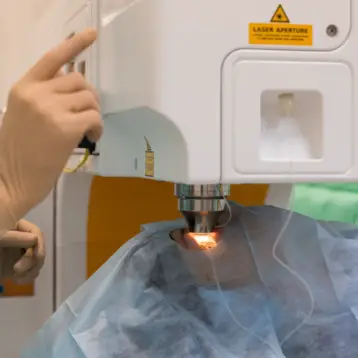Autism belongs to a group of developmental disabilities known as autism spectrum disorders (ASDs). It is a neurodevelopment disorder that is of great concern because of an astonishing 556% reported increase in pediatric prevalence between 1991 and 1997. This increase is due to heightened awareness and changing diagnostic criteria as well as influence of environmental factors. Epidemiologic studies report an ASD prevalence of approximately 3 to 6 cases for every 1,000 births, with a male to female ratio of 3:1. The genetic causes for autism are unclear, and many groups of scientists around the world are struggling to find new clues.
Dr. Albert Y. Hung and colleagues from the Picower Institute For Learning And Memory at MIT have
used the mouse model system, a method for experimentally manipulating candidate genes to test the behavior of mice lacking the protein Shank1. Shank1 is a key protein used for building synapses in our brains. Synapses allow neurons to communicate with one another, giving us the ability to learn and remember.
In the absence of Shank1, the genetically engineered mice actually learned a spatial memory task faster and better than normal mice. But when these mice were tested again several weeks later, they did not remember what they had learned as well as the normal mice did. This kind of behavior is reminiscent of the mixed features of autistic savants. Shank1 mutant mice also showed increased anxiety related behaviors, which are typical to autistic patients.
Although it sounds counter-intuitive that a lack of a critical brain protein improves one’s learning ability, the scientists suggest that Shank1 dissociates the process of learning and memory or, in other words, it allows a constant input to the brain but without maintaining the information in the long-term memory.
In a related research that was carried out in the same institute by Li-Huei Tsai, another brain protein was pointed out as one of the culprits behind autism, adding to the accumulating evidences for multiple interaction genetic factors being the main causative determination of autism.
No human mutations for Shank1 have been reported yet, making it difficult to relate this mutant protein to human autism. However, Shank1 is a close relative of the Shank3 protein, another synaptic scaffolding protein, and Shank3 mutations have been reported to be linked to autism. Therefore, it is clear that Shank proteins have a role in human cognitive development.
TFOT previously covered another research project that used the “mouse model system” in which the researchers managed to genetically engineer a cancer resistant mouse.
Future clinically useful insights and potential medications will only be possible if more elusive genes and proteins responsible for autism will be identified and studied.
More information about Hung’s research is available at the MIT news webpage.










